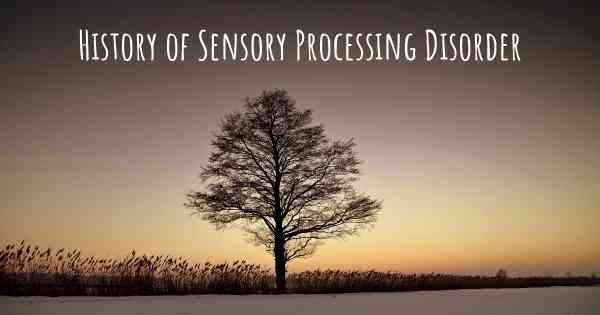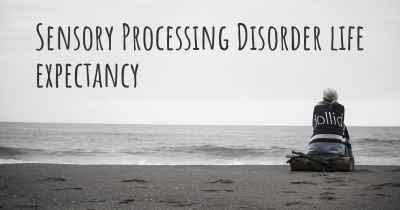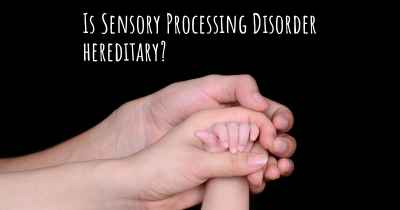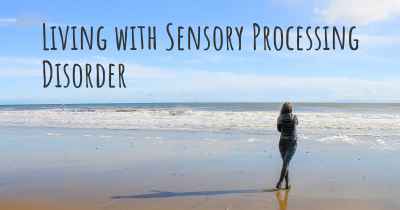What is the history of Sensory Processing Disorder?
When was Sensory Processing Disorder discovered? What is the story of this discovery? Was it coincidence or not?

Sensory Processing Disorder (SPD) is a condition that affects how the brain processes and responds to sensory information from the environment. It can impact individuals of all ages, but it is most commonly diagnosed in children. SPD can significantly affect a person's daily life, including their ability to learn, socialize, and engage in everyday activities.
The history of Sensory Processing Disorder can be traced back to the late 1960s when Dr. A. Jean Ayres, an occupational therapist and psychologist, first began studying and defining the condition. Dr. Ayres observed that some children had difficulties with sensory integration, which refers to the brain's ability to organize and interpret sensory information.
Dr. Ayres developed the theory of sensory integration, which proposed that sensory processing difficulties could lead to various behavioral and learning challenges. She believed that sensory integration therapy could help individuals with SPD improve their ability to process and respond to sensory input.
In the 1970s, Dr. Ayres established the Ayres Clinic in Torrance, California, where she further researched and treated children with sensory integration difficulties. Her work gained recognition, and she published several influential books, including "Sensory Integration and Learning Disorders" in 1972.
Throughout the 1980s and 1990s, awareness of SPD gradually increased among healthcare professionals, educators, and parents. The Diagnostic and Statistical Manual of Mental Disorders (DSM), published by the American Psychiatric Association, included Sensory Integration Dysfunction as a subtype of learning disabilities in its third edition in 1980.
However, it wasn't until the publication of the fourth edition of the DSM in 1994 that Sensory Integration Dysfunction was renamed as Sensory Processing Disorder. This change in terminology aimed to reflect the broader range of sensory processing difficulties experienced by individuals, regardless of whether they had a specific learning disability.
In the early 2000s, research on SPD continued to expand, and more professionals began recognizing the condition. The Sensory Processing Disorder Foundation (now known as the STAR Institute for Sensory Processing Disorder) was established in 2002 to promote awareness, education, and research on SPD.
Since then, numerous studies have been conducted to better understand the underlying causes, prevalence, and treatment options for SPD. Researchers have explored the neurological basis of the disorder, examining how the brain processes and integrates sensory information.
Today, Sensory Processing Disorder is recognized as a distinct condition that can significantly impact individuals' lives. It is often diagnosed by occupational therapists, who use standardized assessments and clinical observations to evaluate an individual's sensory processing abilities.
Treatment for SPD typically involves sensory integration therapy, which aims to improve sensory processing and integration skills through structured activities and interventions. Occupational therapists work closely with individuals and their families to develop personalized treatment plans that address specific sensory challenges.
As awareness of SPD continues to grow, efforts are being made to improve understanding, support, and accommodations for individuals with the disorder. Schools and educational institutions are implementing sensory-friendly environments and strategies to help students with SPD thrive academically and socially.
In conclusion, Sensory Processing Disorder has a rich history that dates back to the pioneering work of Dr. A. Jean Ayres. Over the years, awareness and understanding of SPD have increased, leading to improved diagnosis and treatment options. Ongoing research and advocacy efforts are essential in furthering our knowledge of SPD and supporting individuals with this condition.








